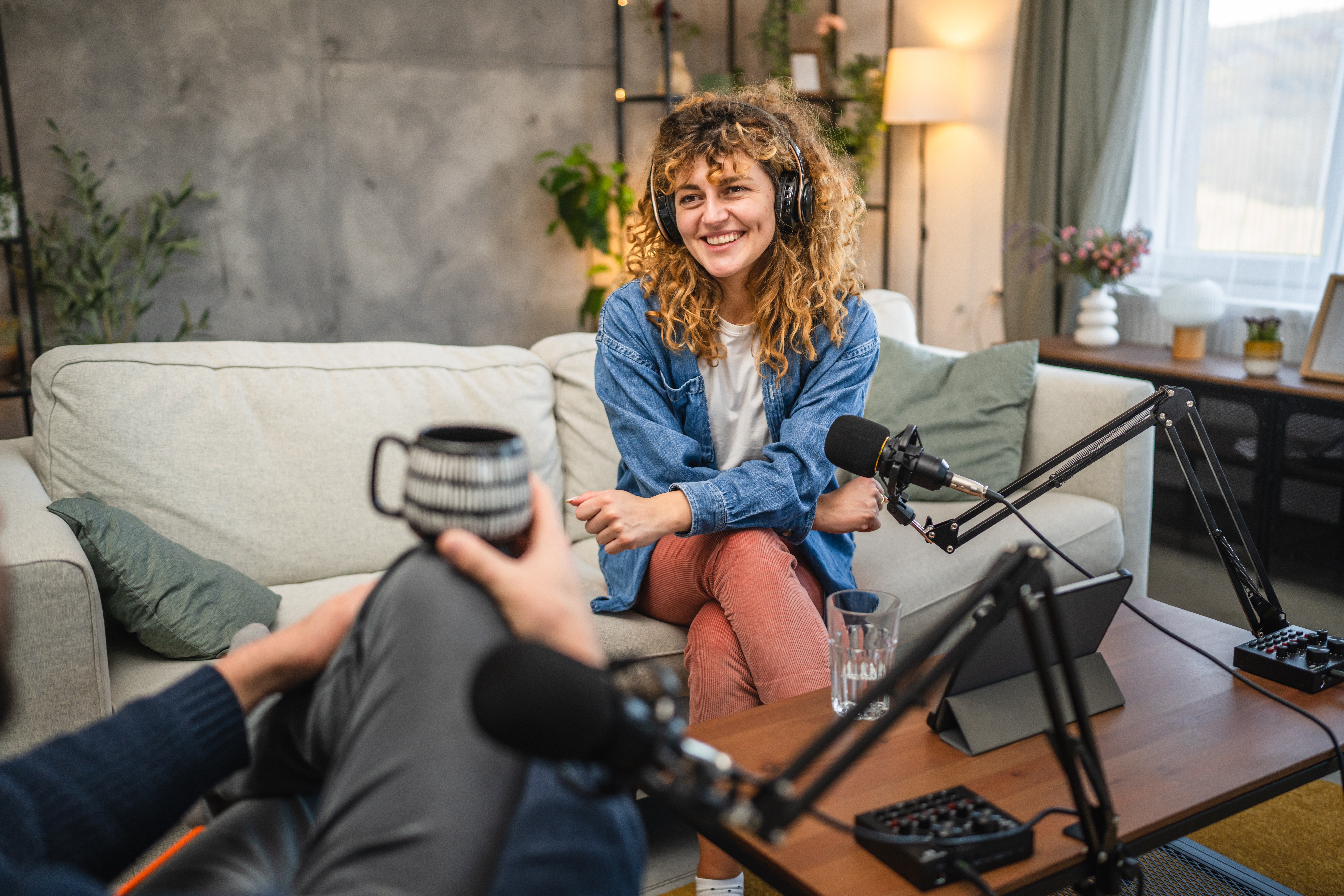To enhance your media efforts, consider providing additional information about your start-up beyond sending press releases to journalists or influencers.
This could include doing some of the following:
Create a media kit
A media kit is a useful tool that gives journalists everything they need to know about your business.
A basic media kit could include:
-
Company overview
A brief description of your company, including its mission, history, and key achievements
-
Press releases
Recent press releases that highlight significant news or updates
-
Executive bios
Short biographies of key executives and spokespersons
-
Product information
Details about key products or services offered by your company
-
Contact information
Clear details for media inquiries, including phone numbers and email addresses
-
Visual assets
High-quality images and logos available for media use.
Opening a press room
A ‘press room’ on your website is a central hub for all media-related materials.
This could boost your credibility and help journalists quickly find the information they need.
Make sure it’s easy to access and regularly updated with sections for press releases, media kits, high-resolution images, and contact information.
To make this easier, you could use a hosted press room service to manage and share your media resources.
Link building and why it’s important
Link building in PR means getting reputable media outlets to link back to your website.
These links enhance your website’s search engine optimisation (SEO), increasing its online visibility and credibility.
Quality backlinks show search engines that your content is valuable and trustworthy.
This could improve your rankings in search results, driving more organic traffic to your site.
You could include links to your website in press releases and encourage journalists to include them in their articles.

Media training – how to be confident in interviews and on-camera
Media training is important for anyone representing your company in interviews or on camera.
Here are some tips that could improve your media presence:
- understand the medium – different formats like TV, radio, or print need different approaches. Know what to expect from each
- practice your delivery – work on how you speak, including your pace, tone, and clarity. Practice in front of a mirror or record yourself
- control your body language – maintain good posture, make eye contact, and use natural gestures
- stay calm and composed – take deep breaths to relax. Being calm could help you think clearly and respond effectively
- seek feedback – after practice sessions, you could ask colleagues or a media coach for feedback to refine your approach.
How to prepare for a media interview
When a journalist conducts an interview, you may only have a short time to share your message effectively.
Many interviews are brief – a few minutes or so – as journalists are mainly interested in the key information for their story.
Here are some tips for a successful interview:
Create a 'crib sheet'
This is a one-page summary of your key message, an interesting statistic to back it up, an example, and a few important points you want to share.
Write it down and try to memorise it to confidently deliver your message during the interview.
Research the interviewer
Find out who will interview you and learn about their style and typical questions.
Think about possible questions and practice your answers in advance.
Prepare your key message
Know the main points you want to communicate and stick to them – avoid waffling or veering off the subject.
Be authentic
Being genuine helps build trust and connection with your audience, so always be yourself and speak honestly.
Images for PR use
High-quality photos and images are helpful for effective PR.
Visual content grabs the reader’s attention and could enhance the storytelling aspect of your press releases and media interactions.
Here are some tips:
- use professional photography – invest in professional photos of staff, products, and events to attract media interest
- variety of images – provide a range of images, including headshots, product shots, and event photos to suit different media needs
- high resolution – ensure all images, including logos, are high resolution to meet media outlet standards
- clear labelling – use descriptive file names and captions to ensure images are used correctly
- easy access – make images easily accessible through your press room or media kit, so journalists can download them easily.
Tip: Keep photography simple to suit various PR needs.

Download the guide
Download the full Essential guide to PR below:
Your previously read articles

Chapter seven: Working with journalists
Read about how successful start-ups build relationships with key parts of the media.
Next chapterBritish Business Bank plc is a development bank wholly owned by HM Government. British Business Bank plc and its subsidiaries are not banking institutions and do not operate as such. They are not authorised or regulated by the Prudential Regulation Authority (PRA) or the Financial Conduct Authority (FCA). A complete legal structure chart for the group can be found at british-business-bank.co.uk.
Whilst we make reasonable efforts to keep the information in this guide up to date, we do not guarantee or warrant (implied or otherwise) that it is current, accurate or complete. The information is intended for general information purposes only and does not take into account your personal situation, nor does it constitute legal, financial, tax or other professional advice. You should always consider whether the information is applicable to your particular circumstances and, where appropriate, seek professional or specialist advice or support.
Sign up for our newsletter
Just add your details to receive updates and news from the British Business Bank
Sign up to our newsletter